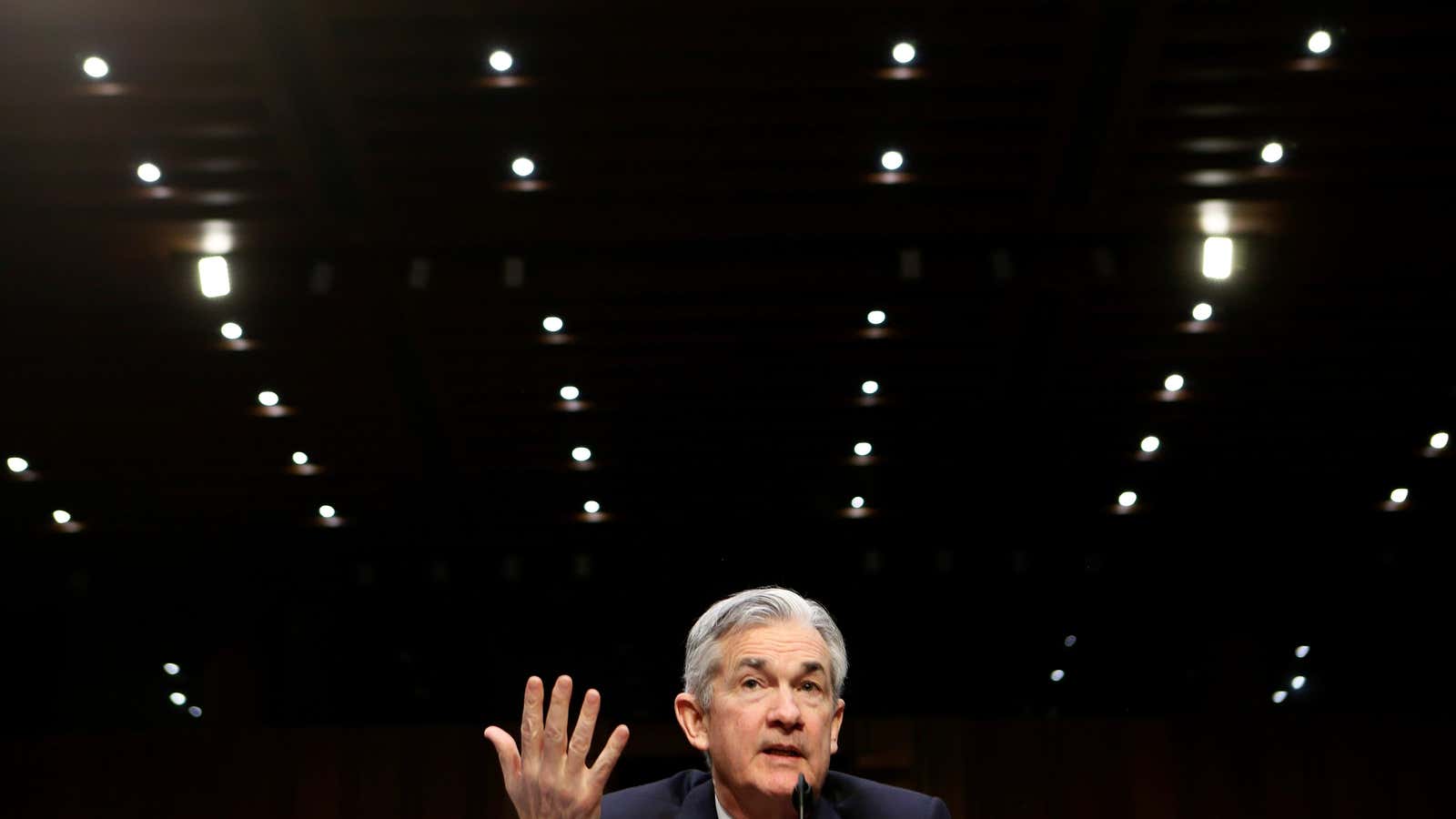In a series of speeches (pdf) in 2017, Claudio Borio, the head of the Monetary and Economic Department at the Bank of International Settlements (BIS), questioned the validity of many of the fundamental ideas that define our knowledge of inflation. Borio suggests that, since the financial crisis, “policymakers have been increasingly surprised.”
He questions two fundamental relationships between inflation and the economy that have been held as sacrosanct since economics was a legitimate field of study—the relationship between inflation and demand in the economy and the assumption that monetary policy has no long term effect on real (that is, inflation-adjusted) interest rates.
One relationship that everyone thought could be counted on—the response of price inflation to slack in the labor market—is now “statistically indistinguishable from zero,” while wages, too, show a much weaker link than in the past. This means that more people being hired no longer leads to higher salaries and therefore higher consumer prices, as it has done.
The explanation he offers is globalization.
Globalization of labor markets introduced 1.6 billion people to the effective labor force, essentially shrinking the share of labor in advanced economies by half by 2015 (pdf). Global value chains have grown substantially since the 1990s and are important because the production of intermediate goods effectively increases competition at all stages of production. Production of intermediate goods—products to make other products—has grown far more than production of final goods and this has, in turn, disrupted the relationship between domestic and global slack.
Even more, it’s the threat of competition that matters; this has resulted in keeping wages and prices down everywhere. Borio also suggests that an important view of the impact of monetary policy may be flawed.
Traditionally, inflation is thought by economists to be unaffected by monetary policy. Nominal interest rates, the interest rate that you get from your bank, is made up of a real interest rate (which excludes inflation) plus inflationary expectations. Because central banks have a strong influence over nominal rates, if inflation were entirely unresponsive to monetary policy, changes in nominal rates would translate one-to-one into changes in real rates.
Other real-world factors are instead responsible for real interest rates, such as demographics, income distribution, productivity, and relative price of capital, for example. But Borio describes this at its limit as the “result of a thought experiment” rather than being observable in long-run historical data.
The implication of this, according to Borio, is that central banks should aim to hit their targets more slowly. He also implies that central banks may have a larger role in ensuring financial stability. In a world where monetary policy affects real rates over long time horizons, central banks become explicitly responsible for financial stability because of the impact of real rate rises on large debts created by the financial cycle.
As the US Federal Reserve sells off assets and monetary policy is “normalized” during 2018, increasingly there is debate about whether there is now a new “normal” for inflation, created by a combination of aging populations, globalization, technology and the action of central banks since the financial crisis.
Ultimately, Borio implies that central banks may need to be more accountable, not just for inflation, but also for the huge and long-lasting costs of financial busts.
